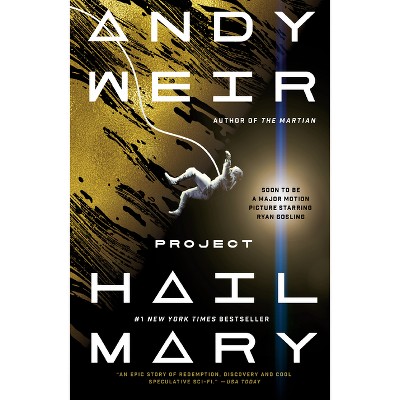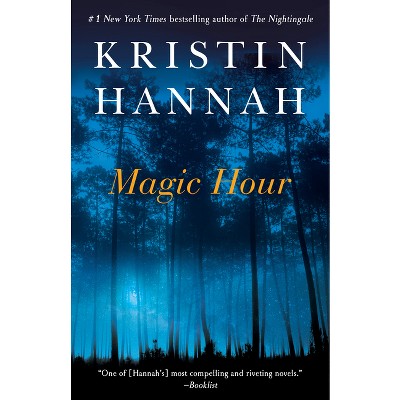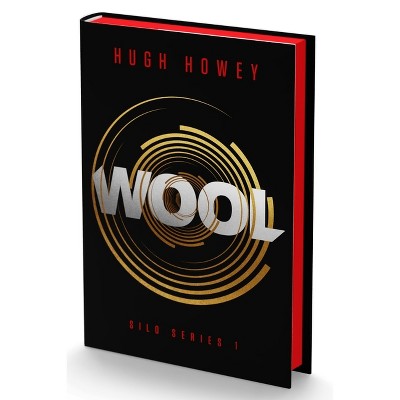Sponsored

Shift - (Silo) by Hugh Howey (Paperback)
In Stock
Sponsored
About this item
Highlights
- SEASON 2 OF THE ACCLAIMED SILO SERIES -- BASED ON BOOK 1, WOOL -- NOW ON APPLE TV+In this second volume in the New York Times best-selling Silo series, Hugh Howey describes the catastrophic events that led to the creation of the silo-- and the beginning of the endIn 2007, the Center for Automation in Nanobiotech (CAN) outlined the hardware and software platforms that would one day allow robots smaller than human cells to make medical diagnoses, conduct repairs, and even self-propagate.
- Author(s): Hugh Howey
- 576 Pages
- Fiction + Literature Genres, Science Fiction
- Series Name: Silo
Description
About the Book
"In 2007, the Center for Automation in Nanobiotech (CAN) outlined the hardware and software platforms that would one day allow robots smaller than human cells to make medical diagnoses, conduct repairs, and even self-propagate. In the same year, the CBS network re-aired a program about the effects of propranolol on sufferers of extreme trauma. A simple pill, it had been discovered, could wipe out the memory of any traumatic event. At almost the same moment in humanity's broad history, mankind discovered the means for bringing about its utter downfall. And the ability to forget it ever happened."--Book Synopsis
SEASON 2 OF THE ACCLAIMED SILO SERIES -- BASED ON BOOK 1, WOOL -- NOW ON APPLE TV+
In this second volume in the New York Times best-selling Silo series, Hugh Howey describes the catastrophic events that led to the creation of the silo-- and the beginning of the end
In 2007, the Center for Automation in Nanobiotech (CAN) outlined the hardware and software platforms that would one day allow robots smaller than human cells to make medical diagnoses, conduct repairs, and even self-propagate. The technology has an almost limitless capacity for good--but in the wrong hands, it could have an equally boundless capacity for evil.
In the same year, the CBS network re-aired a program about the effects of propranolol on sufferers of extreme trauma. A simple pill, it had been discovered, could wipe out the memory of any traumatic event.
At almost the same moment in humanity's broad history, mankind discovered the means for bringing about its utter downfall, and the ability to forget it ever happened. With this godlike power at their fingertips, can humanity be trusted to create a new--and better--world? Or is it doomed to bring about its own destruction?
THE STORY CONTINUES IN:
DUST
From the Back Cover
An epic feat of imagination. You will live in this world. Justin Cronin, best-selling author of The PassageIn 2007, the Center for Automation in Nanobiotech outlined the hardware and software platforms that would one day allow robots smaller than human cells to make medical diagnoses, conduct repairs, and even self-propagate. In the same year, a television program aired about the effects of propranolol on sufferers of extreme trauma. A simple pill, it had been discovered, could wipe out the memory of any traumatic event. At almost the same moment in humanity s broad history, mankind discovered the means for bringing about its utter downfall ... and the ability to forget it ever happened.
In Shift, the second volume of the New York Times best-selling Silo trilogy, Hugh Howey goes back to show the first days of the Silo, and the beginning of the end.
Brilliantly written ... Howey creates a starkly believable and terrifying apocalypse. More and more layers of the dystopian world are unveiled, enticingly paving the way for the sequel. Sunday Express
[AU PHOTO] HUGH HOWEY is the author of the New York Times and USA Today best-selling Silo trilogy (Wool, Shift, and Dust). The first volume, Wool, has been translated in forty countries. He is also the author of Beacon 23, Sand, the Molly Fyde saga, and many other books, and is the editor, with John Joseph Adams, of the Apocalypse Triptych series of anthologies.
"
Review Quotes
"Sci-fi's Underground Hit." - Wall Street Journal
"The anxiety, claustrophobia and lethargy [Howey] conjures are heartfelt." - The Guardian
Shipping details
Return details
Frequently bought together
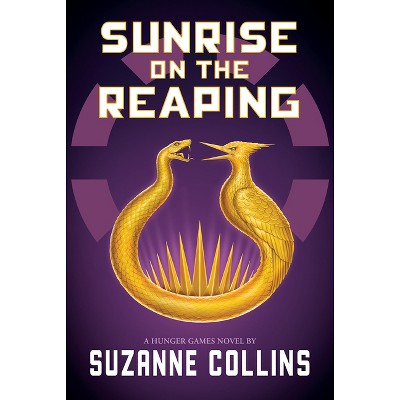

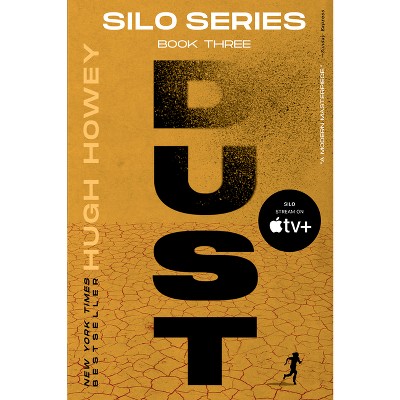
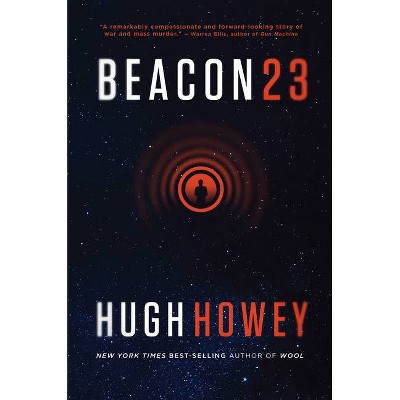


![Wool [Tv Tie-In] - (Silo) by Hugh Howey (Paperback)](https://target.scene7.com/is/image/Target/GUEST_4e8c36a8-c132-404b-8eeb-9884204fded0)
